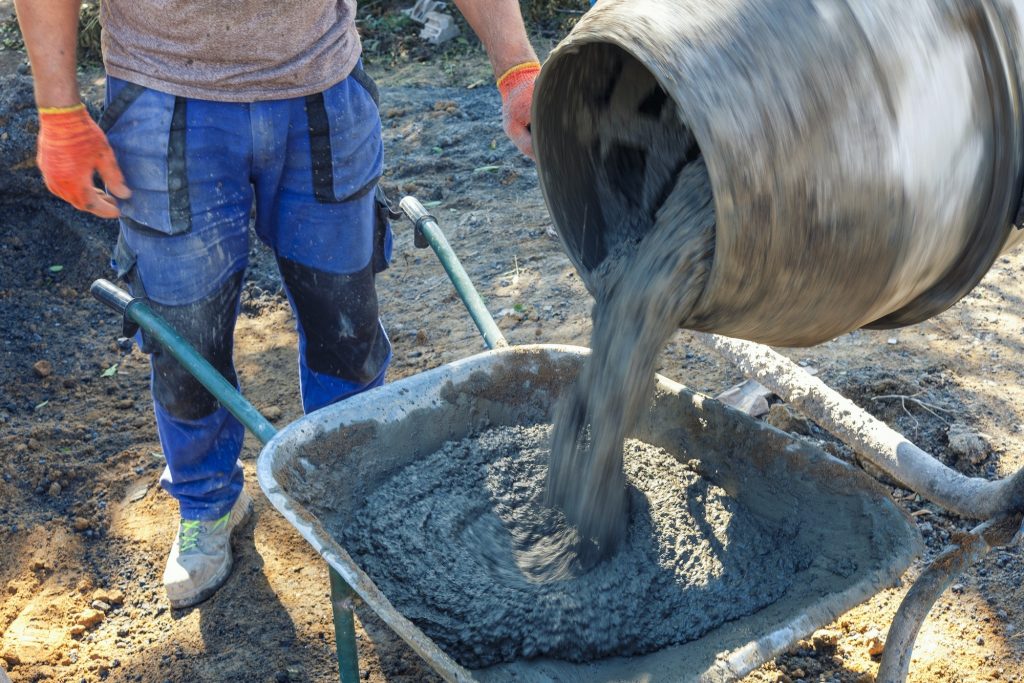Why Does My Tap Water Look Cloudy?
When your tap water looks cloudy, the cause might be due to the presence of Particulate Matter in the supply. If you are wondering whether it is safe to drink, then read on. There is also a chance that it is because there is trapped air in the pipework. This is a common occurrence, but you can fix it.
Is it Safe to Drink?
If you’re wondering whether your tap water is safe, there are some signs to look out for. The Environmental Working Group (EWG) is a nonprofit organization that investigates drinking water.
According to the EWG, your water may contain several contaminants. These contaminants include viruses, bacteria, and pesticides. Some of these can lead to serious illnesses. You might also notice a funny taste or smell in your water.
For instance, your water may have a metallic taste. This is a sign of excess copper and iron. It’s also a sign of a low pH level.
A common contaminant in tap water is sediment. Sediment can come from broken or degrading pipes. Your local health authority will tell you if your tap water is contaminated and will often recommend boiling the water before consuming it.
Water treatment facilities often use chemicals to keep the contaminants from clumping together. However, these chemicals can also lead to cancer.
Trapped air in the pipework
If you’re experiencing cloudy tap water, you may be wondering what it is. There are many possible causes. It could be something as simple as air bubbles in the pipes, or it could be an indication of a problem with the water supply.
Air can be trapped in the water supply if there is a change in pressure, or if there is construction on a supply line. If you think your water may be contaminated, you should contact your local water company. They’ll be able to inspect the home and see if you have a leak.
A burst pipe can also cause the water to become cloudy. This can be particularly dangerous if there is methane in the water. Methane is a natural gas and breaks down when exposed to air.
Sediments can also cause the water to turn cloudy. These sediments are commonly found in the water supply.
If you’re unsure what is causing your cloudy water, you can run your faucet for a few minutes to clear out the air. When you’re done, pour some water into a glass to see if it clears up.
Particulate in the water supply
One of the best ways to make sure you’re drinking clean and safe water is to keep it free of sediment. The most common source of this is algae that grows on the surface of standing water. Sediment can also be caused by leaks in pipes. If this is the case, you may want to check with a professional plumber to see if they can recommend a way to solve the problem.
A proper water filtration system will include a sediment prefilter. This is usually a good start, but you should consider adding a more robust filter such as a reverse osmosis unit to remove excess minerals and any other potential contaminants.
You might also want to look into a more elaborate mechanical filtration system. This type of system often includes a drop-in sediment filter for a more comprehensive solution. It is also a good idea to have your plumbing professionally checked on a regular basis to make sure nothing is leaking.
Hard Water
If you notice that your tap water is cloudy, it may be time to call in the plumber. Cloudy water can be caused by many different factors. The best way to solve this problem is to find out exactly what is causing the issue.
Cloudy water can be a sign of hard water. Hard water has high mineral concentrations, and this can lead to issues with appliances and pipes. It can also leave a grayish or white coating on your sink and dishes.
Another common cause of cloudy water is Total Suspended Solids (TSS). TSS particles are small particles that do not dissolve in water. They can come from sediment, sand, or clay. This can lead to other plumbing problems.
Air bubbles are another reason for cloudy water. When the water is pressurized, the air becomes more soluble and can be released into the water. The bubbles can be very visible.
If you think that you might have a leak, the best way to find out is to inspect the area around the leak. You can also run the tap to clear the trapped air. A leak can damage your home and increase your water bill.



